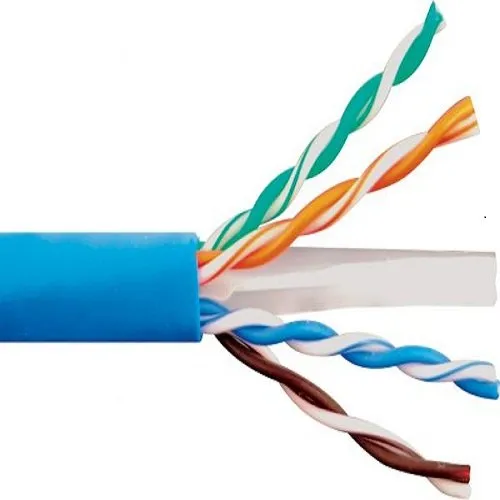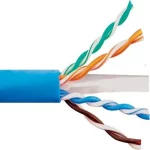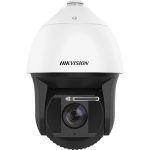In today’s world, enterprise cabling systems have become the backbone of all communication and networking infrastructures in various businesses and organizations. With the constant increase in data traffic, high-speed data transfer, and real-time applications, there is a need for faster, more reliable, and secure cabling solutions. As a result, Category 6A (Cat6A) has become the most preferred choice for enterprise cabling systems.
This report aims to provide a comprehensive overview of the role of Cat6A in enterprise cabling systems. We will begin by defining what Cat6A is, its capabilities, and the advantages it offers. We will then look at its applications in various industries and how it has improved network performance. Finally, we will explore the future of Cat6A Cabling and its potential to revolutionize enterprise cabling systems.
What is Cat6A?
Category 6A (Cat6A) is a cabling standard that supports data transfer rates of up to 10 Gbps over a distance of 100 meters. It is an enhanced version of Cat6 cabling, which was the most popular cabling solution for enterprise networks until the arrival of Cat6A. Cat6A uses four pairs of copper wires to transmit data and is capable of handling frequencies of up to 500 MHz.
The Advantages of Cat6A:
- Higher Data Transfer Rates: Cat6A offers data transfer rates of up to 10 Gbps, making it an ideal choice for enterprises that require high-speed data transfer for real-time applications such as video conferencing, multimedia streaming, and online gaming.
- Improved Signal-to-Noise Ratio: Cat6A has better resistance to interference and crosstalk, which reduces noise levels and improves signal quality. This results in fewer errors and more reliable data transfer.
- Longer Cable Runs: Cat6A can support cable runs of up to 100 meters, which is twice the distance supported by Cat6. This makes it possible to connect devices located far away from each other without having to install additional network equipment.
- Better Energy Efficiency: Cat6A uses less power than other cabling solutions, resulting in lower energy costs and reduced carbon footprint.
Applications of Cat6A:
- Healthcare: In healthcare facilities, reliable and secure communication is crucial for patient safety and emergency response. Cat6A cabling provides high-speed connectivity for medical devices, imaging equipment, and electronic health records.
- Education: In educational institutions, high-speed data transfer is essential for online learning, multimedia classrooms, and research activities. Cat6A cabling ensures fast and reliable connectivity throughout the campus.
- Financial Services: In the financial services industry, data security and integrity are critical. Cat6A cabling provides secure connectivity for financial transactions and protects against cyber threats.
- Manufacturing: In manufacturing facilities, high-speed data transfer is essential for process automation, quality control, and inventory management. Cat6A cabling provides reliable connectivity for data-intensive applications.
Future of Cat6A:
With the constant increase in data traffic and the growing demand for high-speed data transfer, Cat6A is likely to remain the most popular cabling solution for enterprise networks. However, the future of Cat6A lies in its ability to support emerging technologies such as the Internet of Things (IoT), 5G networks, and artificial intelligence.
The IoT requires a large number of devices to be connected to the network, which puts a strain on network bandwidth and performance. Cat6A cabling can handle the high data transfer rates required by IoT devices and ensure reliable connectivity throughout the network.
5G networks require high bandwidth and low latency, which can be achieved with Cat6A cabling. Cat6A can support the high-speed data transfer required by 5G networks and ensure





